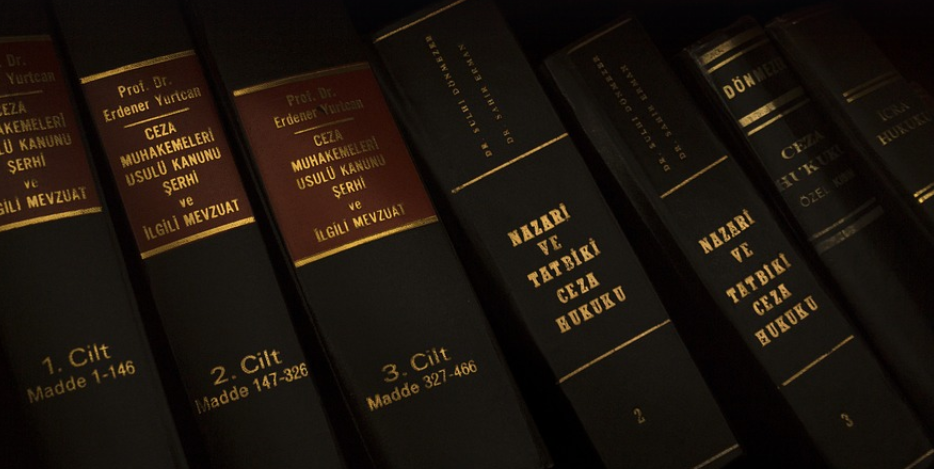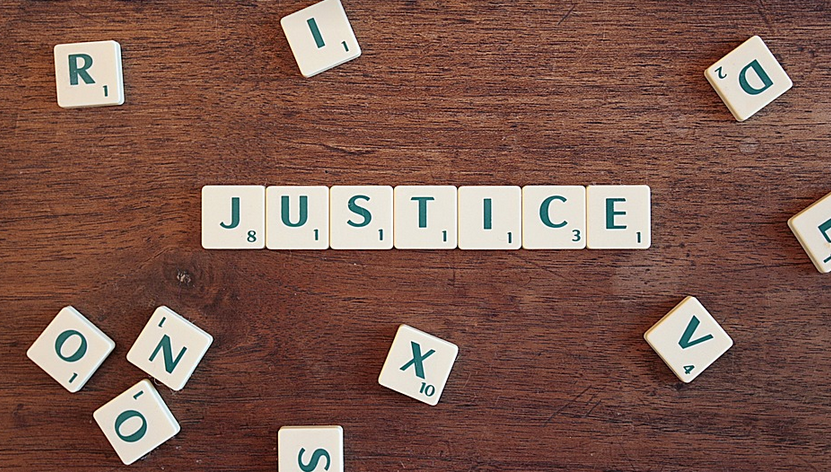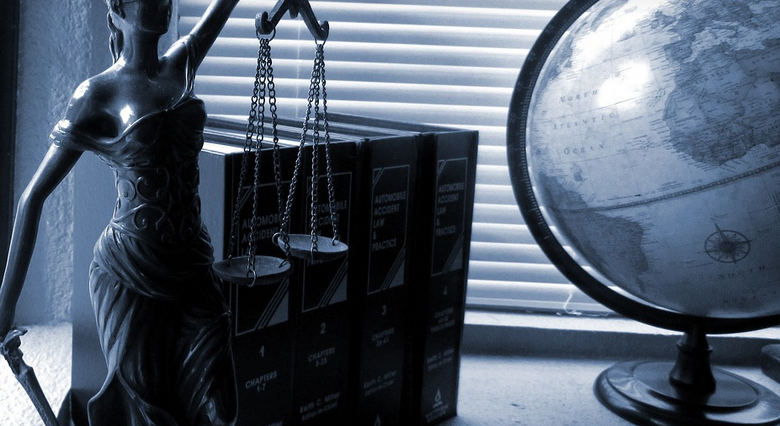Planning for Perfection
Congratulations on your engagement! It’s a thrilling time filled with excitement and anticipation as you plan your wedding day. And naturally, capturing that special moment through photography is essential. It’s about making memories last a lifetime but also ensuring you have a smooth and enjoyable experience for both you and your photographers.
The Wedding Photography Checklist: A Comprehensive Guide
To make things easy, we’ve compiled a comprehensive checklist with everything you need to know. This list will help you stay organized and ensure that every aspect of the wedding photography process runs smoothly.
1. Booking Your Photographer
First things first – book your photographer! It’s crucial to secure their services early, especially if your date is popular or during peak season. Don’t wait till the last minute; giving them ample time to plan and understand your vision allows for a seamless experience.
Before you book, communicate your expectations and discuss your photography style: Do they specialize in certain genres like documentary, photojournalism, artistic, or traditional? Do you need multiple photographers or just one? How many hours are covered? Understand their approach to capturing the day’s events.
2. Communication is Key
Once your photographer is chosen, it’s time for open communication! Share your vision, preferences, and any specific moments you want captured – from heartfelt vows to the first dance. Be clear about your expectations regarding pose requests and desired shot composition.
Share a timeline of events with them to help them plan efficiently. This includes: The ceremony location, reception venue, and photo opportunities like family photos or portraits.
3. Wedding Day Timeline
Having a detailed wedding day timeline is crucial for your photographer. This ensures they capture all the essential moments without missing anything. Work with your planner or wedding coordinator to create one that covers:
- Ceremony start times, including arrival and pre-ceremony details.
- Cocktail hour – capturing guests arriving, mingling, and enjoying drinks.
- Formal portraits – capturing the bridal party and family shots.
- Dinner time – photography during the dinner reception can capture the atmosphere and interactions.
4. Location Scouting
For pre-wedding or engagement shoots, consider location scouting! This helps you envision the final photoshoots. It’s a great way to get comfortable with your photographer, especially for candid shots that require natural settings.
When choosing locations, think about what kind of aesthetic you want, whether it’s a relaxed beach setting, a lush garden, or a vibrant city park. Discuss this with your photographer and find locations that match your vision.
5. Dress Code & Attire
Talk to your photographer about the dress code for your wedding. Are they expecting you to wear specific colors? Do you want pictures showcasing natural elegance, or are you going for a more colorful, modern look?
Consider this when choosing attire for photoshoots. It’ll help ensure that your photographs have a cohesive and appealing visual tone, especially if you’re aiming for a particular style.
6. Pre-Wedding Photoshoot
A pre-wedding photoshoot is optional but highly recommended! It allows you to bond with your photographer and get comfortable in front of the camera before the big day. It can also be an opportunity to capture candid shots that reflect your personalities and wedding style.
Discuss what you want during the shoot, whether it’s a specific theme or location. Your photographer can guide you on posing and help capture beautiful and authentic images that will complement your wedding album.
7. Creating a Wedding Day Schedule
Creating a detailed schedule is crucial for both you and your photographer. This ensures that all the necessary moments are captured, whether it’s the first dance or the speeches.
Discuss this with your planner or wedding coordinator to ensure everyone is on the same page regarding timing and shot locations.
Final Thoughts
By following this checklist, you’ll be well-prepared for your day. Remember that communication with your photographer plays a vital role in ensuring a successful experience. With proper planning and open communication, your wedding photos will capture the beautiful moments of your special day!



